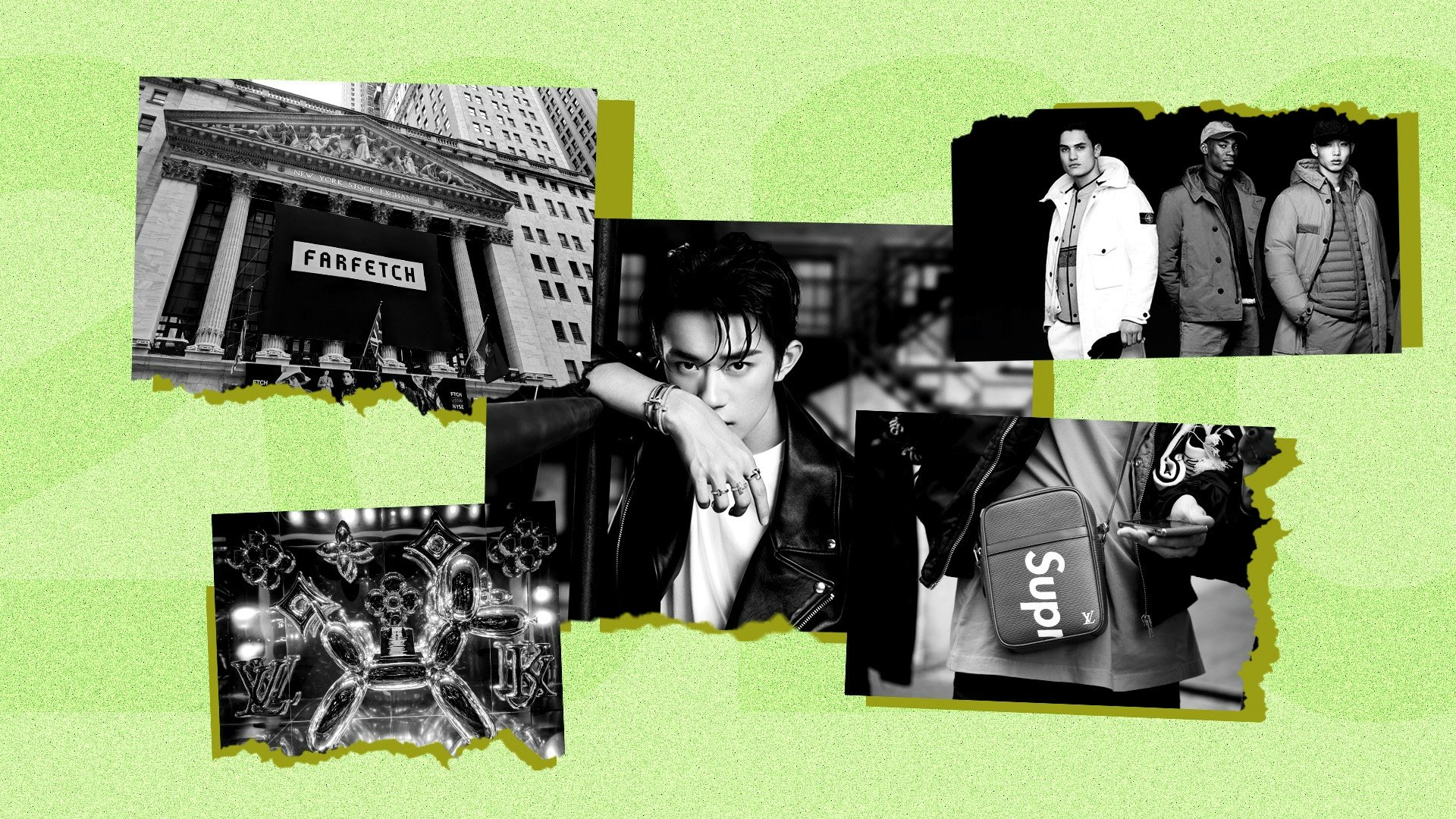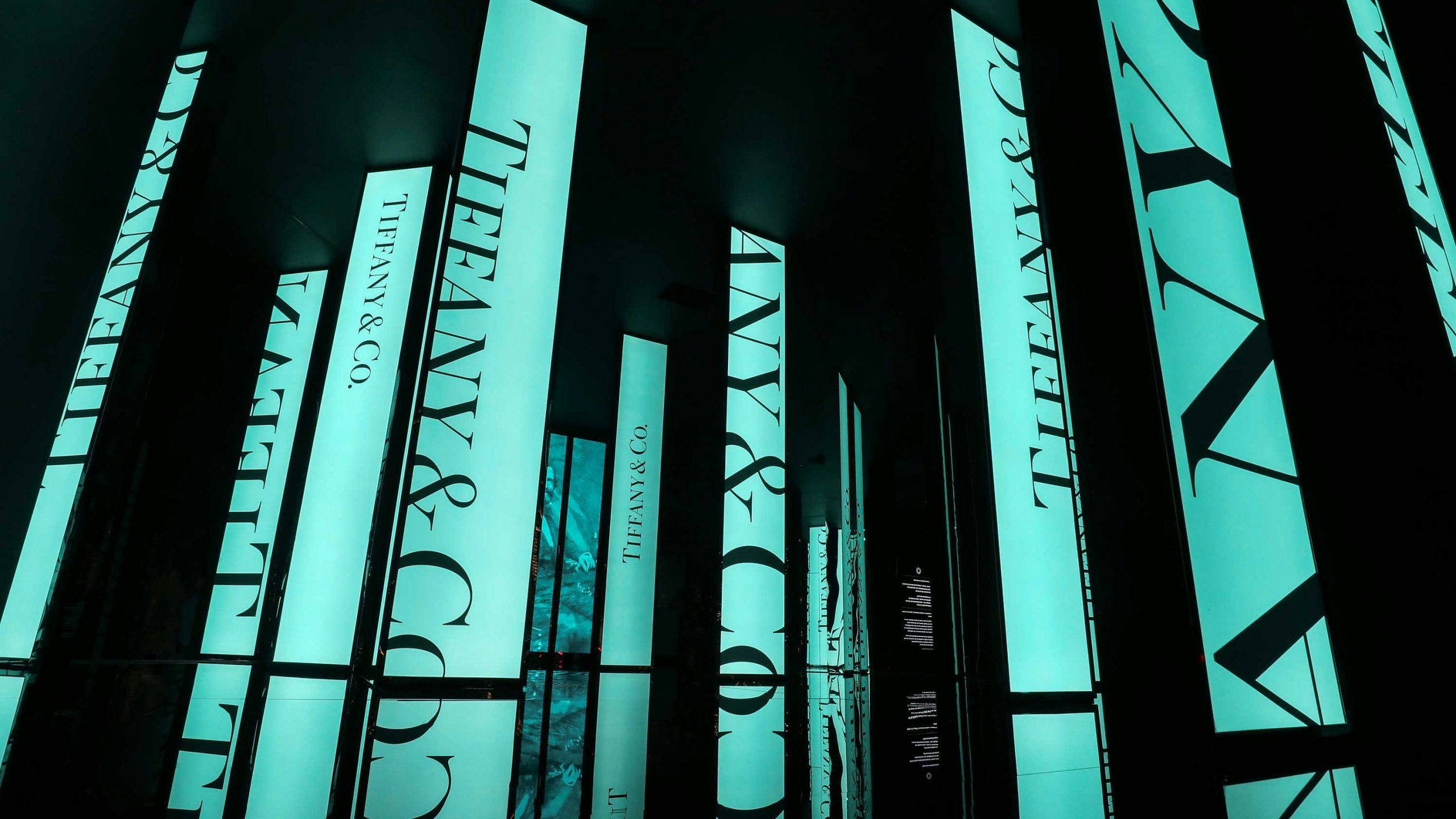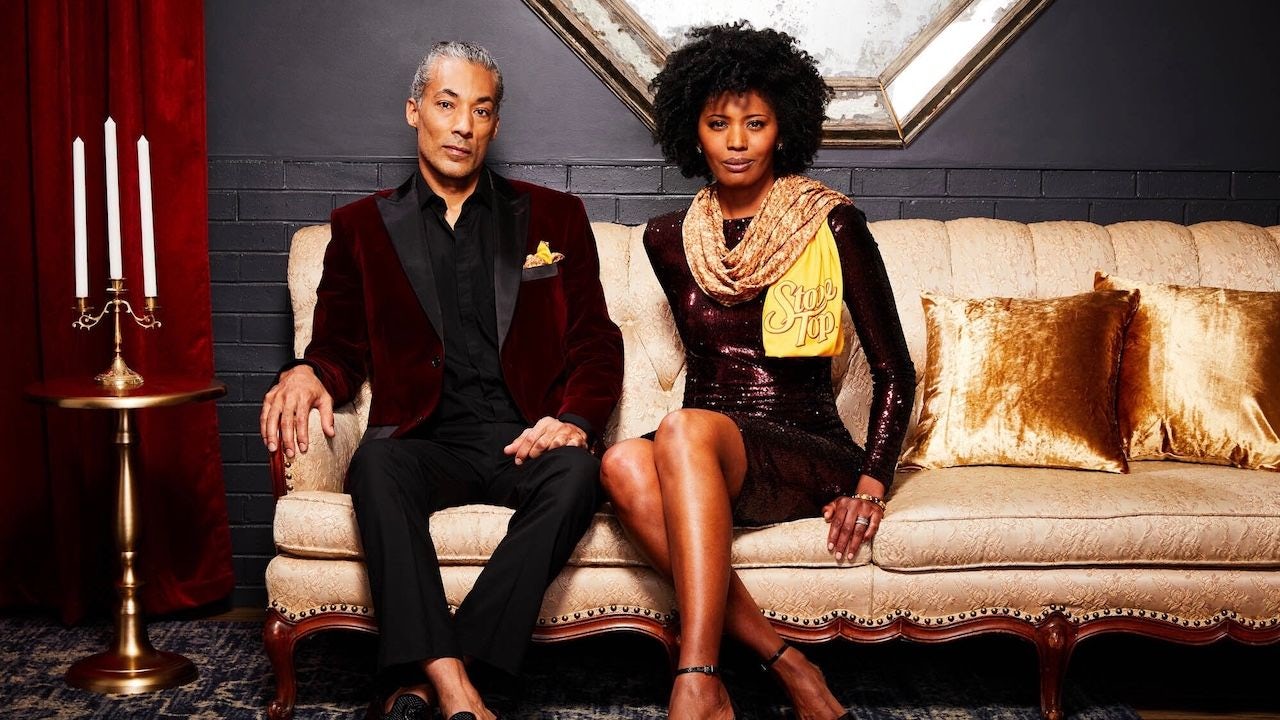Key Takeaways:#
While the US and Europe are still locked in a battle with COVID-19, China is on the road to recovery. That means its companies will spend big on entities outside the country.
Trends like livestreaming and group-buying are now common in China thanks to the influence of tech companies, and tech should play a big part in next year’s trends.
Younger consumers will also remain key drivers of growth, as they are more experimental and have stronger individual tastes than earlier generations.
Despite the doom and gloom this year, brands are still under the same pressure to be successful. In today’s highly-competitive industry, that means needing to scale up while retaining a sense of exclusivity. That meant several deals were struck in 2020.
Some were more unexpected than others - the coronavirus outbreak accelerated decisions - others were more obvious. They all spoke to the luxury fashion industry's resolve at a time of unprecedented uncertainty and practically every one confirmed luxury’s growing dependence on the China market.
As one of the year’s most dramatic deals, the acquisition of Tiffany by LVMH was finally agreed upon at 15.8 billion — the biggest buyout in luxury history. Another high profile transaction was China’s Alibaba Group and Richemont’s 1.1 billion investment in the retail platform Farfetch.
While the Farfetch deal offered brands enhanced access to the China market, the acquisition of the Chinese KOL analytics platform PARKLU by the brand performance cloud company Launchmetrics (for an undisclosed sum) revealed the appeal of China’s data to the global luxury industry.
Supreme’s buyout by VF Corp. may have hinged on China’s streetwear obsession, as, according to a 2019 report, the country’s demand for streetwear jumped by 60 percent on Tmall. It was snapped up for just over 2.1 billion.
So, amid challenges of 2020, the year still offered some surprises. With this in mind, what can we expect from 2021 in terms of activity, trends, and insights?
Well-known brands continue to team up#
The big luxury groups have recovered quickly from COVID-19. LVMH, Kering, and Richemont — as well as top-end luxury brands like Louis Vuitton, Hermès, and Chanel — have all remained financially strong or even made gains.
That is why, Liang Chen, Director at CDGL Strategic Communications, thinks top luxury conglomerates have both the capacity and the incentive to strengthen and diversify their offering.
"Once they have risen to the immediate challenges of COVID-19, I expect we will see an uptick of acquisitions in the next two to three years as they adapt to the new market trends,” she suggested.
One of fashion’s innovators, Moncler, inked a contract to buy Stone Island in a cash-and-share deal valued at 1.39 billion this year. Therefore the teaming up of well-known brands during 2020 will only intensify in 2021 - But the key question: how will this play out?
In Liang’s opinion, the strongest candidates will be comparatively newer brands with strong personalities: “Luxury leaders already have heritage and craftsmanship.
“What they need in the current marketplace is a modern personality and values that will help them resonate with young generations. Candidates for acquisitions may not be limited to fashion brands, but may extend to Famp;B, hospitality, or even automobiles.”
Investment from China will grow#
While the US and Europe are still locked in a battle with COVID-19, China is on the road to recovery. According to Yishu Wang, Founder of digital agency Half a World, that means China’s companies will have deeper pockets. “For sure, we’ll see more investment from Chinese entities as they have recovered quickly from COVID-19 through the year,” she said.
“We will see money coming from more diverse backgrounds tapping fashion and moving into the sector — no longer the big names that we’d necessarily hear about, like Shandong Ruyi or Fosun but more unexpected names.”
Wang noted that future investor profiles are going to become more varied and away from these big investment groups such as the Hong Kong-based private equity firm LionRock Capital deal with British shoe brand Clarke’s.
Analyst Tiffany Lung, agreed that companies in China should be honing in on Western luxury fashion for purchases. “A few fallen, long-standing brands in the West could get swept up by a few Chinese conglomerates here,” she stated.
“Most desirable luxury brands are already owned by the French groups, but the Chinese ones also have their eyes on accessible luxury.” In the premium sector see added: “Trinity Group would be a good contender for ex-LVMH’s shirtmaking brand Pink, adding to their menswear portfolio.”
Younger preferences will still dominate#
Younger consumers are and will remain key drivers of growth. They are more experimental and have stronger individual tastes than earlier generations.
As Senior Director of Innovation, Ipsos Mori, Javier Calvar, pointed out, this consumer cohort has grown up in a digital world and for that reason, luxury houses must invest in their digital assets to remain relevant. Hundreds of brands joined The Luxury Pavilion during 2020 - and he said it's set to skyrocket.
“I think Tmall’s Luxury Pavilion will consolidate its position as a key channel for luxury brands in China because luxury brands are increasing their investment in China and e-commerce — not just to tackle the impact of COVID-19 but also to future-proof themselves," Calvar offered.
He continued, “this demographic is more likely to want dynamic brands that favor limited editions and cross-brand collaborations," which means we’ll see less “classic” or “time-honored brands” securing investments.
All eyes on the beauty sector#
Lung identied beauty as a bright spot for some interesting acquisitions, especially with domestic DTC brands seeing substantial growth after the pandemic.
“The perfect harmony for groups is to take rising online beauty brands and bolster them with a combination of tech mixed with experiential retail and a large loyal Gen-Z fanbase for a sure-win combination,” she advised.
Within that sector, many fads such as CBD could take flight during 2021. Ye Chen, research analyst at ChemLinked, stated that at least 190 companies are involved with CBD while over 50 companies have gained licenses for industrial cannabis cultivation this year.
“Simpcare, founded in August 2019, is the first domestic brand in China that provides a full line of CBD skincare products,” she shared. “In January 2020, it officially launched its first line of products. Its sales reached more than 7 million in 10 months. The capital market is optimistic about this brand, and it has completed many rounds of financing, acquiring millions in the process.”
Secondly, Ye predicted we should see a rise in functional skin wear. Data from the Chinese Journal of Dermatology and Venereology shows that, on average, one out of three women in China has skin sensitivity, which has been heightened by daily mask-wearing.
“The growth of these brands during 2020 has been staggering, so I would foresee this as a next big trend for investment. You only need to look at the percentages: Shanghai Jahwa’s Dr. Yu grew at 238 percent, but Renhe Pharmaceutical's sub-brand Yaodu Renhe grew at 516 percent from June to August alone.”
Tech will play a dynamic role#
Big tech in China dominated the headlines in 2020, with trends like livestreaming and group-buying becoming ubiquitous with daily life. Fashion disruptor and tech investor Kelly Vero, told Jing Daily there are multiple dynamic trends in the tech sector to watch out for in 2021.
“Being able to mix merchandising with the variety of seeing your favorite stars, from Jackson Yee to Zhao Liying, in an experience built around personal preference is where we’re headed in 2021,” she explained.
Vero also suggested there will be an extension of the C2M model, which puts the power in the hands of the consumer — or as she termed it, Quantum Fashion. “Manufacture on demand is light on waste and heavy on choice,” she said. “It extends from that dream you’ve always had of the perfect dress dropshipped at your door, and it will explode exponentially.”
Half a World's Wang sees the trend playing out through more bids by tech companies for luxury fashion - similar to the Alibaba/Richmont Farfetch deal. “Well, we might see a company like Bytedance, for example, getting involved with some fashion brands.
“Likewise, gaming companies could start to look there too, so it’s a huge market. I think tech putting their money into fashion will be the next big trend,” she added.
Luxury players will have a mountain to climb in order to survive 2021. Even if they merge, and spread the challenges, it still won't be easy. “They must innovate to meet fast-changing consumption habits and increasing competition in retail innovation — as well as cater to audiences that are always in search of something new,” Liang concluded.



